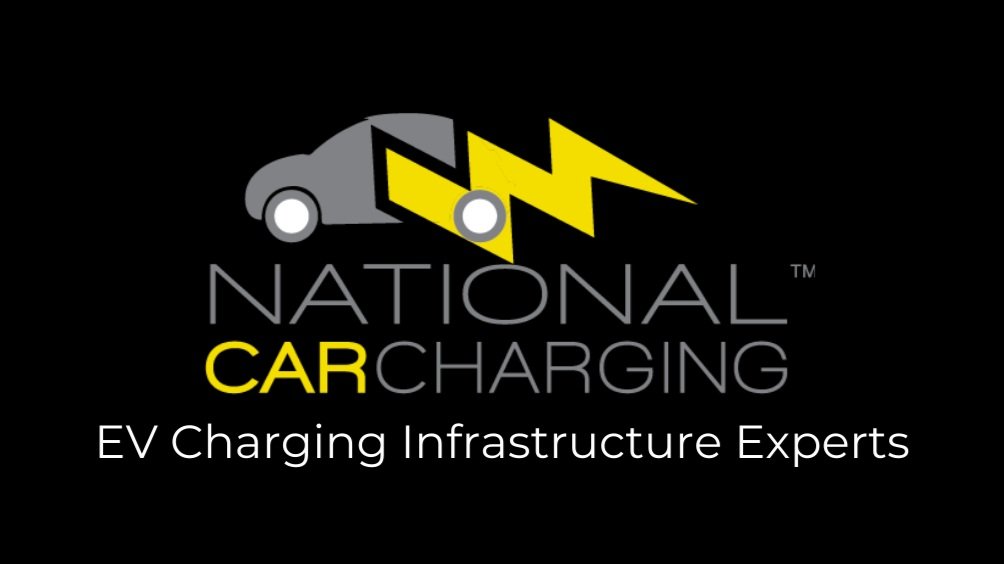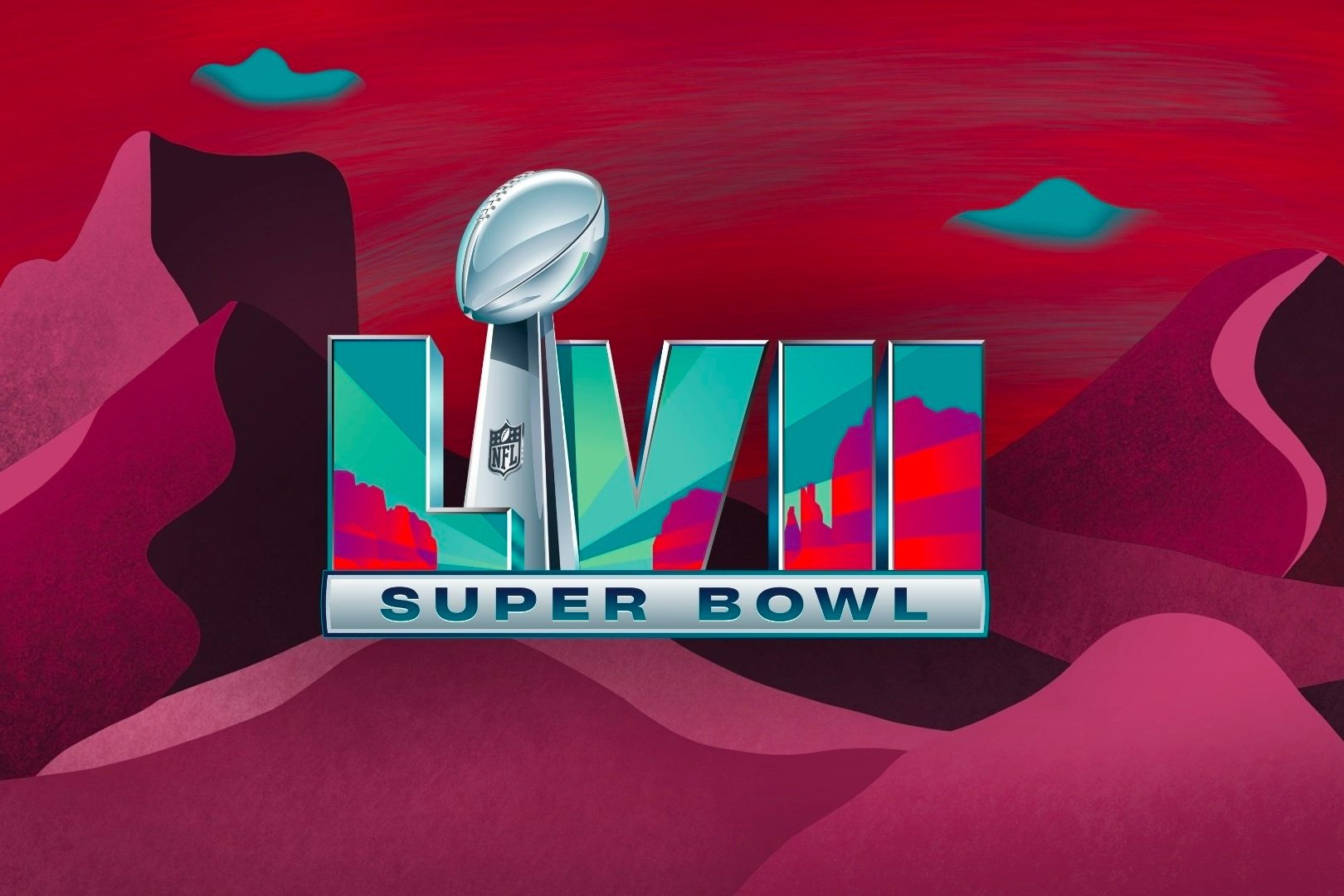Did EVs Kill the Super Bowl Star?
Why were car commercials spectacularly absent from this year’s NFL game?
Car commercials have long been a mainstay of Super Bowl advertising. Cars, snacks and beer usually dominate during the big game. So why in 2023, were so many automakers watching from the sidelines?
The hefty price tag.
In the decade where every automaker is investing in shifting from gas to electric powertrains, the $7 million for 30 seconds price tag is likely a contributing factor. And that’s the just price of entry, just for the air time nevermind hiring a single spokesperson (I see you Will Ferrell) or an ad shop to infuse their stopping power creative genius.
In truth, car sales were remarkably down in 2022 to a decade low. Let me rephrase that: ICE (internal combustion engine) or gas car sales were the lowest since 2012. But wait for it - electric car sales reached an all time high.
EV sales break all records.
Even with somewhat higher sticker prices, EV sales soared in 2022, as new models and customer excitement (and yes, gas prices) drove record breaking sales. Inflation be damned, Kelley Blue Book reported a 65% jump in sales over 2021 in the U.S. with EV market share increasing 81% year over year reaching 5.8%, up from 3.2% in 2021 … and EVs are just getting started.
So given this upward EV momentum, why were there a lot fewer ads in the big game this year? Especially, when car makers have used Super Bowl advertising to pump up enthusiasm for their EV portfolios over the last five years.
The high cost of reinvention.
First, while there were fewer car ads, EVs continued to dominate the space. Advertising sticker shock as previously mentioned and overall lower auto sales, are likely the biggest contributing factors to reduced advertising. And let’s face it, innovative, game changing R&D is costly. I mean, in many ways the big automakers are having to reinvent themselves and that’s hugely expensive.
So with supply chain issues and extended delivery timelines (for ICE and electric vehicles alike), and manufacturers wanting to build hype but not over promise and under deliver, they decided to spend less in LVII. And without question, the hype for EVs is already there - riffing off of the 2015 Katie Couric and Bryant Gumbel SuperBowl Commercial for the BMW i3 EV, we’re used to this big idea. In fact, we’ve got it - just look at the 2022 data.
One could also argue Super Bowl advertising is pretty inefficient at $234K per second - just like the energy efficiency of ICE vehicles and no longer a financially smart move. In the age of highly targeted digital advertising, there are endless more cost-effective means of reaching consumers. That said, I’m not ready to dismiss the holy grail of advertising venues. The street cred and talk value of SB advertising are still priceless.
They were merely taking a break.
My bet is the automakers aren’t gone for good, and just took a short breather or in the immortal words of Ross and Rachel were “on a break” to save dollars and also allow the supply chain to catch up - leaving the 2023 Super Bowl to be the year of snacks, beer and nostalgia (hello, Alicia Silverstone!).
However, a handful of car manufacturers did show up for the big game and some would say it was a brilliant play. With less competition, it put those brands center stage, giving them an unprecedented spotlight and allowing their innovative features an opportunity to really shine.
So who were those inspiring few and who wins for best EV ad of the year?
First, let’s meet the players. Kia was first to the game, purchasing one of the Super Bowl's most expensive ad slots - disappointingly for their ICE Telluride. GM, Stellantis and Hyundai also joined in. Who was missing? Toyota, Carmax, Carvana, Polestar, Tesla and everyone else!
Are you “excited” to buy an electric vehicle?
Among the EV entrants, Stellantis’ Ram stepped forward with a humorous innuendo-packed commercial entitled “Premature Electrification,” a play on the misguided concerns many consumers have around electric cars and now, electric trucks. Ram used their sixty seconds well, promoting their 2024 1500 REV electric pickup truck and lightheartedly quashed the EV naysayers.
It’s Electric …
“Electric Boogie,” Stellantis’ Jeep’s commercial highlighted the brand’s expanding electrified lineup, including the Wrangler 4xe and Grand Cherokee 4xe. The fun, action packed spot was a smart move on Jeep’s part - especially with Rivian’s long awaited electric adventure vehicles currently hitting streets.
It’s the least they can do.
GM and Will Ferrell did it again. Ahead of the big game, GM announced its partnership with Netflix. And then pledged via the comedic antics of Will Ferrell to feature more EVs in Netflix productions. Sending the message loud and clear that times are changing - broadcast TV and ICE vehicles are in the proverbial rearview mirror.
Dad jokes for the win.
My favorite entrant this year was Gen Xer Kevin Bacon and his daughter Sosie teaming up for a Hyundai IONIQ 6 spot. As the two motor around town in dad’s new IONIQ sedan, pick up coffee and of course, plug-in, Bacon’s antics and his daughter’s smack talk brought smiles to our faces. Their genuine and heartfelt performances were not only relatable and memorable (including Kevin Bacon’s fanny pack), but also successfully debunked many of the EV myths while also showcasing the IONIQ’s many unique features and leaving all of us wanting to hear the car’s nature sounds.
Where’s the Binky, Dad?
While KIA’s NIRO is beloved in EV circles, the automaker opted against the tide and to dial into building brand awareness for their ICE Telluride SUV. The campaign teaser debuted earlier this month and wrapped up exclusively on Tik Tok with three different endings after the game. The premise was endearing and put forth a scenario all parents (aka SUV drivers) could relate to, but with Jeep and Ram promoting the unfettered power of EVs, for me at least, their spot fell flat.
“We all Win.”
When it comes to Super Bowl car advertising, we would be remiss if we didn’t give a nod to long time Super Bowl alum and fan favorite WeatherTech. The renowned automotive accessory maker was back showcasing their American-made products and U.S. success in their 2023 spot.
All in all, it was quiet on the automotive front at this year’s Super Bowl. All of this year’s entrants, EV and ICE, showed up for the game and put their best foot forward with humor, innovations and several well known celebrities. So to answer my initial question, EVs didn’t kill the Super Bowl star. They’re just on a break and we can’t wait to see what they bring to the party next year.
Written by Margaret-Ann Leavitt, CMO at National Car Charging & Aloha Charge
About Margaret-Ann Leavitt
Margaret-Ann leads marketing and communications as the chief marketing officer for National Car Charging and Aloha Charge. A passionate leader with a track record of success, Margaret-Ann’s strengths include providing strategic guidance, driving growth, and delivering targeted results for growing brands. She’s previously held positions at Mattel, FCB Global, the Sterling-Rice Group, and Buderflys. She earned her B.A. in Economics with a minor in Women’s Studies from Colgate University and her M.F.A. in Film Production from the University of Miami. Margaret-Ann is a long time sustainability advocate and been an EV proponent for nearly a decade. In her free time, she serves on the board of the Girls Athletic Leadership School (GALS Denver), and is a founding member of Denver’s Lustgarten Pancreatic Cancer Research Walk. An east coast native, Margaret-Ann now lives in Denver, Colorado with her family and drives 100% fossil fuel free.
About National Car Charging
National Car Charging makes the transition to electric vehicles as easy as possible by offering the most reliable EV charging products and services at reasonable prices. Born in Colorado in 2011, today NCC is the largest independent EV charging reseller nationwide managing 8000+ ports across 48 states, 900 clients and dozens of business channels. Follow National Car Charging and their sister company Aloha Charge on LinkedIn, Twitter and Facebook for the latest product updates and industry trends.





